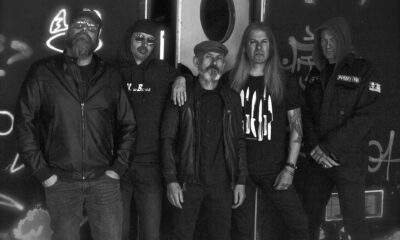Geared Up
Gear Review: Islander Guitarist Andrew Murphy on His Orange 4×12 Cab
I recently sat down with guitarist Andrew Murphy, of the metal act Islander, to discuss the one piece of gear he just can’t live without; the piece of gear that gives the band their signature sound as found on their latest album, Violence & Destruction (released July 8, 2014 on Victory Records). Here is how the conversation went.

I recently sat down with guitarist Andrew Murphy, of the metal act Islander, to discuss the one piece of gear he just can’t live without; the piece of gear that gives the band their signature sound as found on their latest album, Violence & Destruction (released July 8, 2014 on Victory Records). Here is how the conversation went.
What one piece of gear do you use to obtain your signature sound?
Murphy: People ask me this a lot, and it’s hard to narrow it down to one piece of equipment. The root of a guitar player’s tone is their hands, but if I have to pick one thing, it’s probably my Orange 4×12 cab. I’ve used a lot of different cabs over the years, but the Orange has so much mid range, and that’s huge for me.
What about it makes it so important to you?
Murphy: It changed the way I play our songs live when I got it. All of a sudden I could turn my gain down and bring out the natural tones in all the rest of my equipment, and that lead to writing songs like “Coconut Dracula” and “New Wave” on our new album, Violence & Destruction.
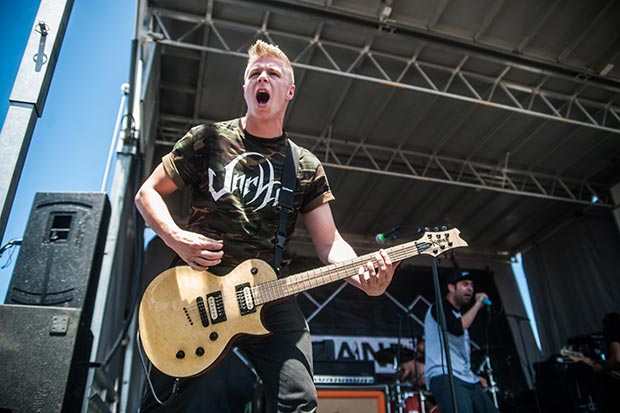
How was this gear used during the recording of your latest album?
Murphy: I used it to write the ideas that became our album. We recorded our full-length, Violence & Destruction, with Cameron Webb in Orange County. We live in South Carolina, so we flew out. It was way too expensive to fly my cab, so I had to leave it at home… I’m incredibly happy with the tones I created for the album, but I do wish I had used my Orange for certain parts.
How do you recreate your album (guitar/vocal/bass) tones in your live set?
Murphy: I actually don’t try to recreate the tones from the album. I didn’t even really try to recreate them from song to song on the album. I was always using something new for each song, or blending different tones from different amps, or running my guitar through twelve vintage compressors to see what kind of weird sound I could make. Little things like that pull you out of your comfort zone and make you think differently about what you’re playing. It helped me create some pretty unique parts for the album. You can’t really experiment like that live, so I stick with my Peavey 6505+ going through my Orange 4×12. I run a BBE Sonic Maximizer in the effects loop, and my pedal board right in the front. I’ll be switching my pedals to the effects loop soon, though. My favorite effect is tape delay, so I use a lot of that live. I guess that’s a big part of my sound, too.
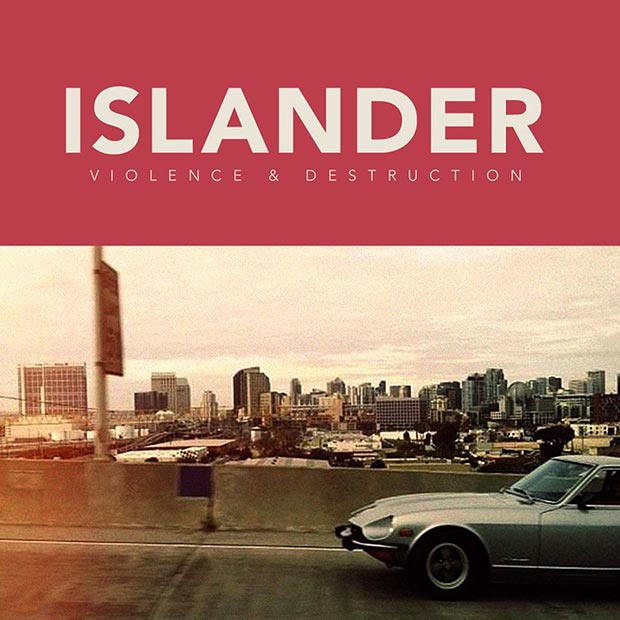
What are the major pros and cons?
Murphy: My least favorite part of my rig is the fact that I use only one cab right now. I need to add a second one to the left side of the stage. I really need to invest in a good patch bay, as well. I used to like running my pedals through the front, but I use so many now that they get a little muddy and don’t cut through the mix like I want them to. The biggest pro to my rig is its size. It takes me 5 minutes to pack or unpack! Plus, if anything goes wrong, troubleshooting is usually pretty quick.
Do you have a backup for this gear, if so, what?
Murphy: Nope… I like to live dangerously! I actually do have plans for a backup rig, though. It’ll include another Peavey, more than likely, and something like an Axe Fx or a Line 6 Pod HD. Something I can switch out quickly in case of an emergency during a set.
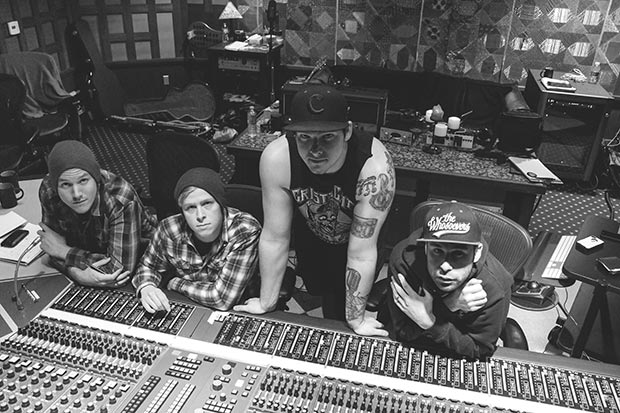
Give us your best “gear goes wrong” story.
Murphy: I used to use all rack mount stuff when Islander first started. I had a Mesa 2:100 power amp, an Ada MP-1, my Sonic Maximizer, and a few other things. One night we were playing a little club back home and the band before us needed to borrow my gear. I didn’t think anything of it, but when they were finished, one of the hands thought they’d help by unplugging EVERY cable in the back of my rack. I got on stage and no sound came out. I looked in the back and saw that everything was undone and had to spend 5 or 10 mins putting it back together in the dark while people waited for us to start. It was a nightmare. I think that’s when I decided to ditch the rack stuff and go with a traditional setup.
Any final thoughts or comments on the gear?
Murphy: Keep experimenting and trying new pieces. I recently started playing Kramer Guitars, even though I had played ESP for years. I just found that the Kramer was more suited for what I was going for in Islander. It surprised me. So you just never know, something random could change your playing for the better.
Check out the song “Coconut Dracula”
-

 Hardcore/Punk7 days ago
Hardcore/Punk7 days agoHastings Beat Punks Kid Kapichi Vent Their Frustrations at Leeds Beckett University [Photos]
-

 Alternative/Rock6 days ago
Alternative/Rock6 days agoA Rejuvenated Dream State are ‘Still Dreaming’ as They Bounce Into Manchester YES [Photos]
-

 Culture1 week ago
Culture1 week agoCirque Du Soleil OVO Takes Leeds Fans on a Unique, Unforgettable Journey [Photos]
-

 Music22 hours ago
Music22 hours agoReclusive Producer Stumbleine Premieres Beat-Driven New Single “Cinderhaze”
-

 Indie1 week ago
Indie1 week agoMichele Ducci Premieres Bouncy New Single “You Lay the Path by Walking on it”
-

 Culture2 days ago
Culture2 days agoDan Carter & George Miller Chat Foodinati Live, Heavy Metal Charities and Pre-Gig Meals
-
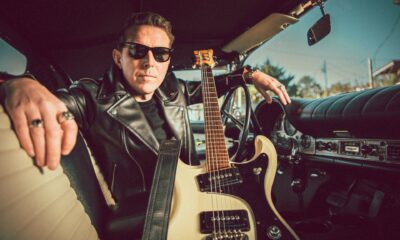
 Alternative/Rock1 week ago
Alternative/Rock1 week agoWilliam Edward Thompson Premieres His Stripped-Down “Sleep Test” Music Video
-

 Country1 week ago
Country1 week agoJayce Turley Reflects on “Misery” with the Premiere of His New Single






